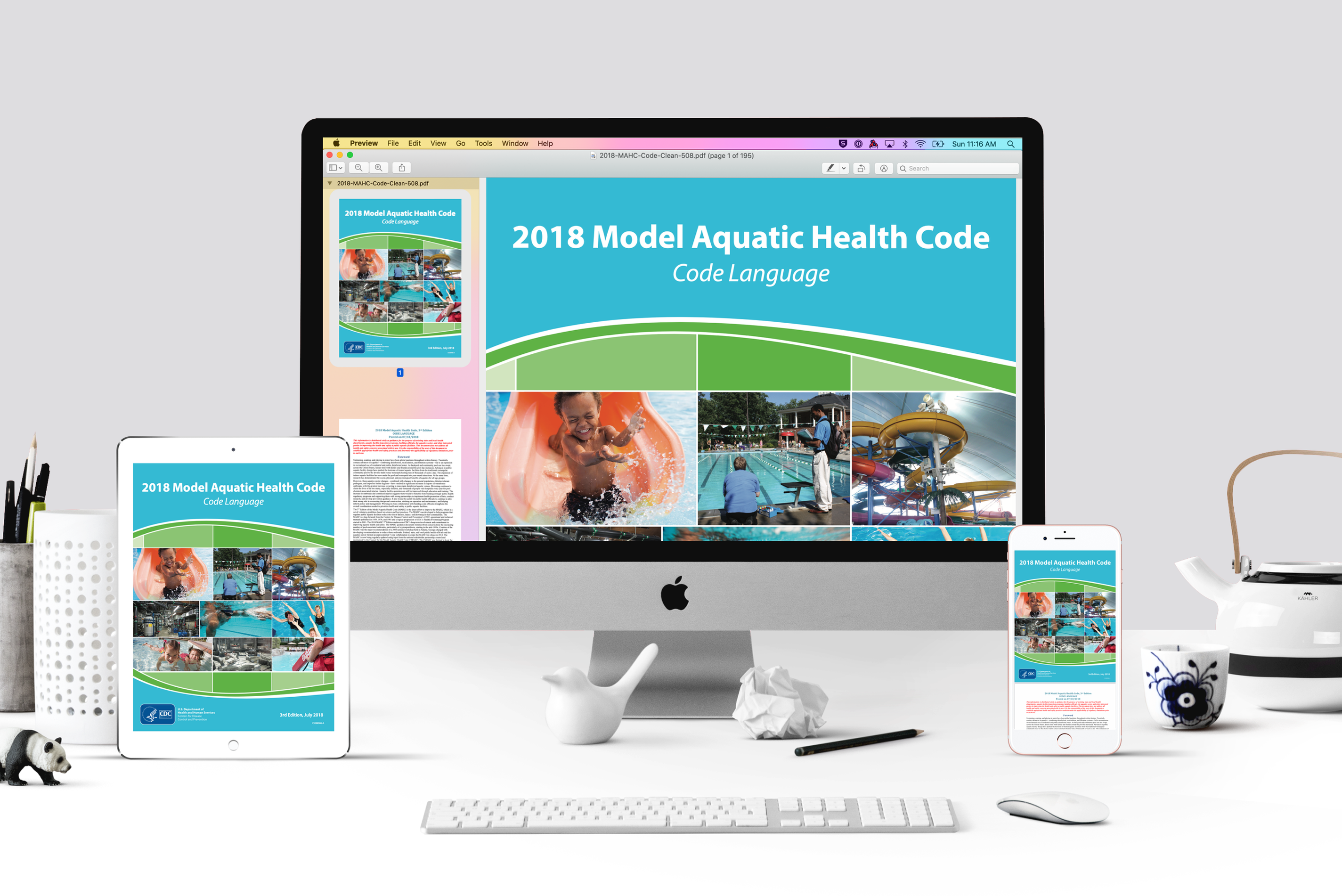Annex
Chlorination, using CHLORINE as the disinfectant, is the most common procedure for AQUATIC VENUE water DISINFECTION and inactivation of waterborne microbial pathogens. BATHER activity and environmentally-introduced material provides a broad range of precursors with which disinfectants can react (e.g., perspiration, urine, mucus, skin particles, hair, body lotions, fecal material, soil, etc.). When CHLORINE reacts with these precursors, a variety of chemical reactions take place, including the formation of DISINFECTION BY-PRODUCTS (DBPs),,,,. DBPs may also be introduced into the AQUATIC VENUE via the water used to fill the AQUATIC VENUE depending on the supply water quality. Municipal fill water can also include chloramines as some municipal systems switch from chlorination to chloramination to meet EPA DISINFECTION by-product requirements. CHLORINE gas, if used, is also extremely toxic.,,

